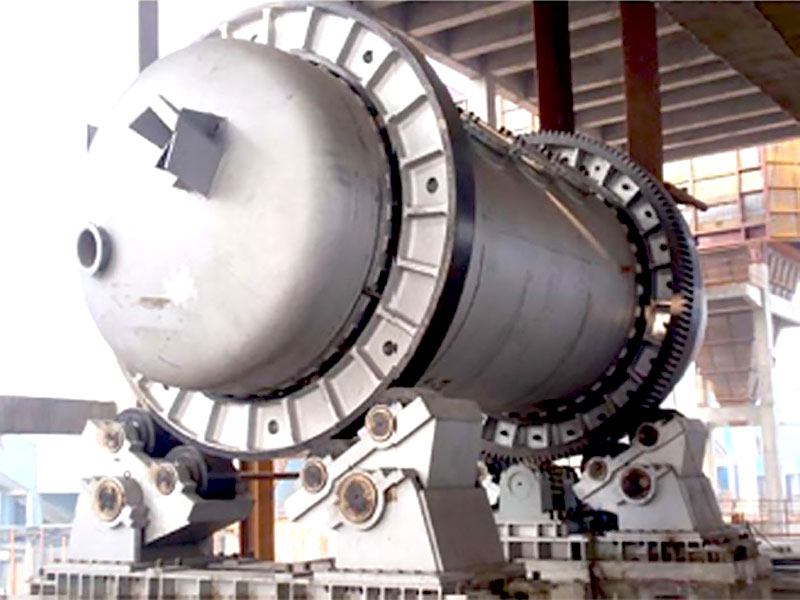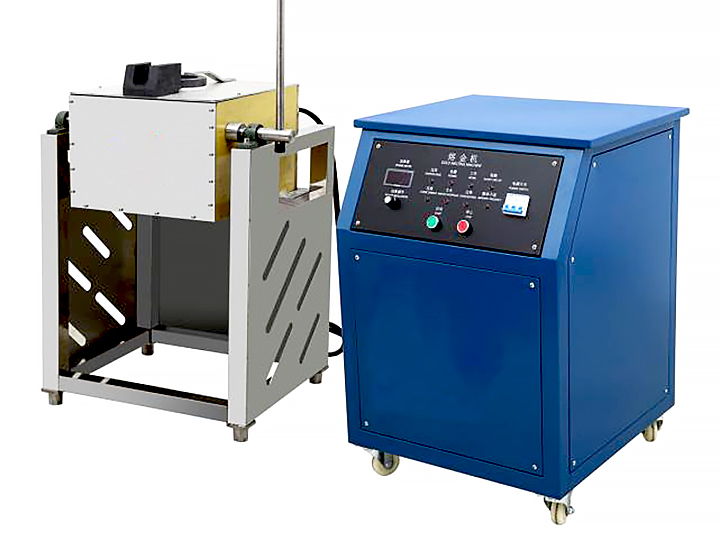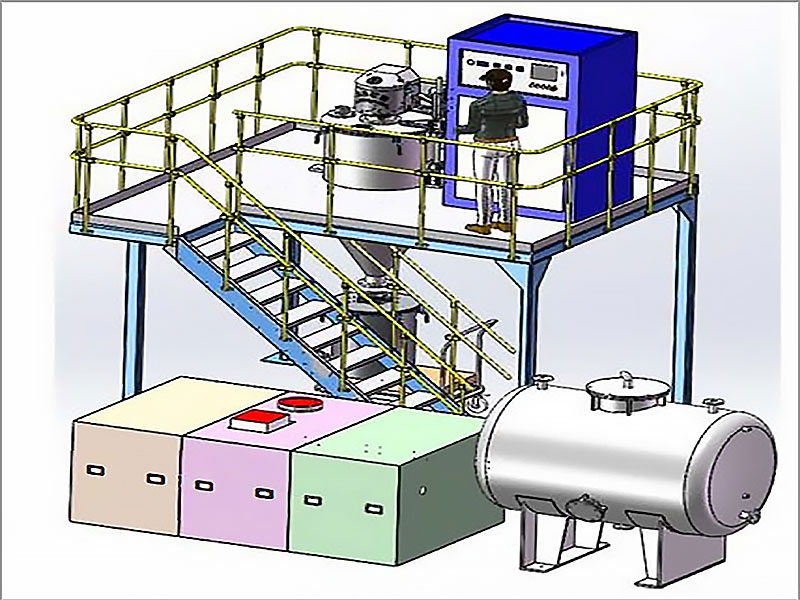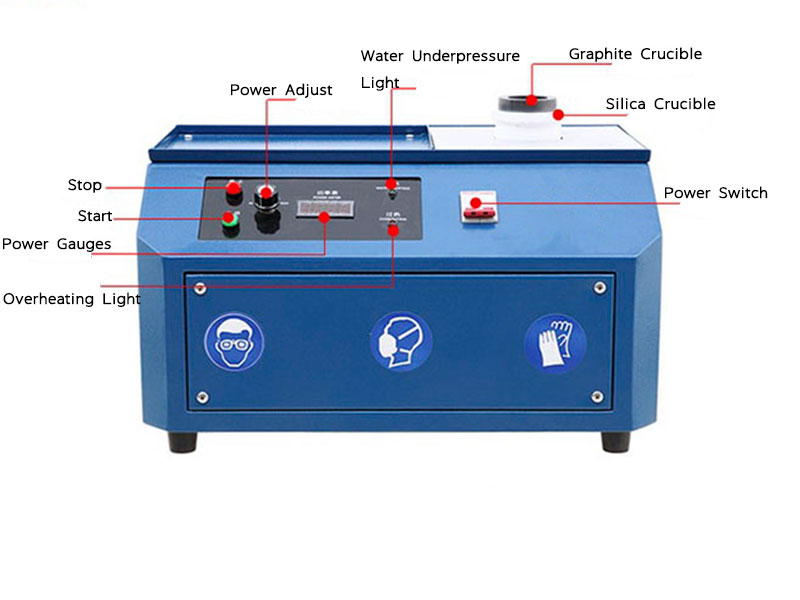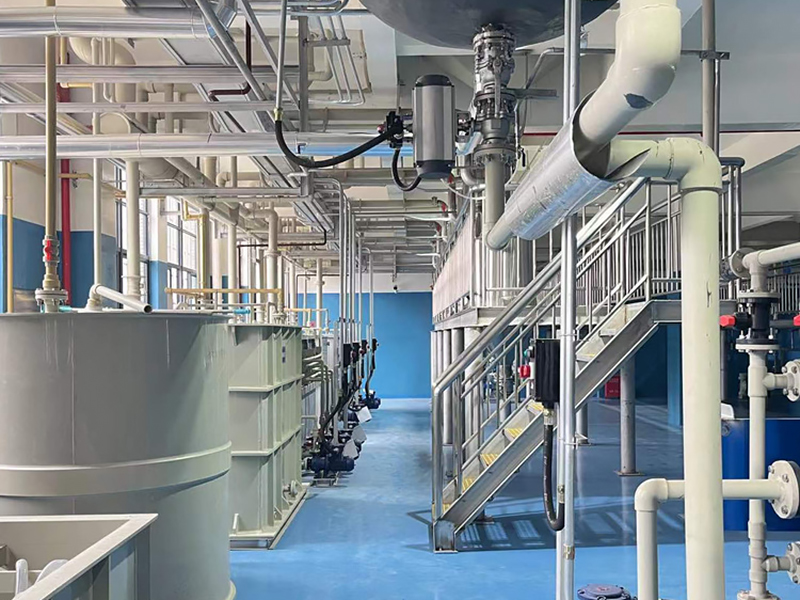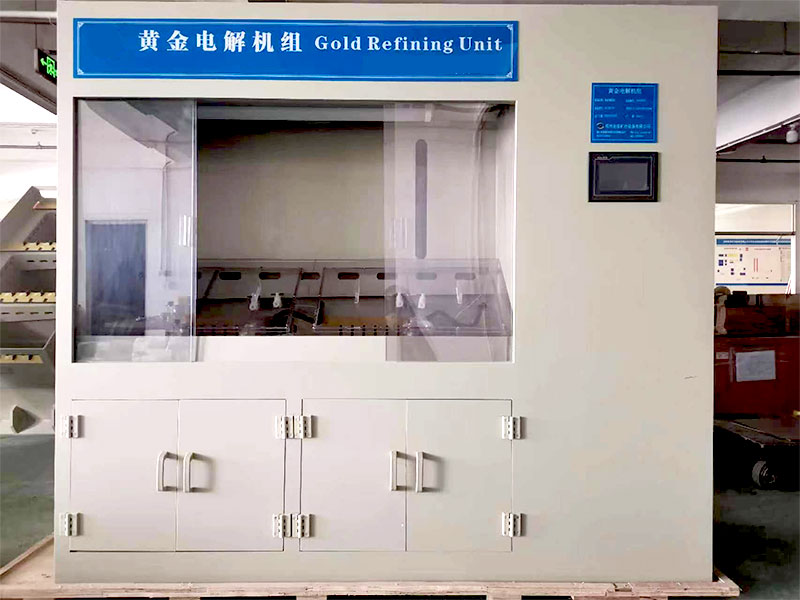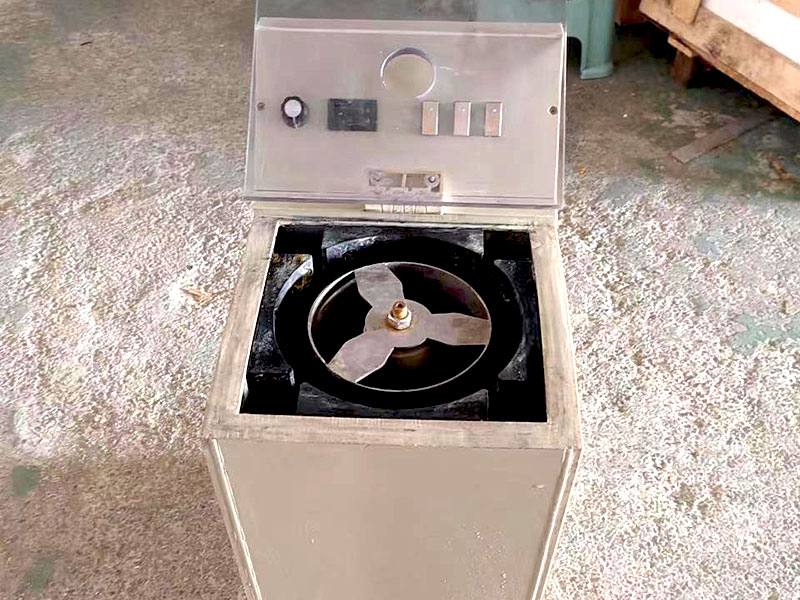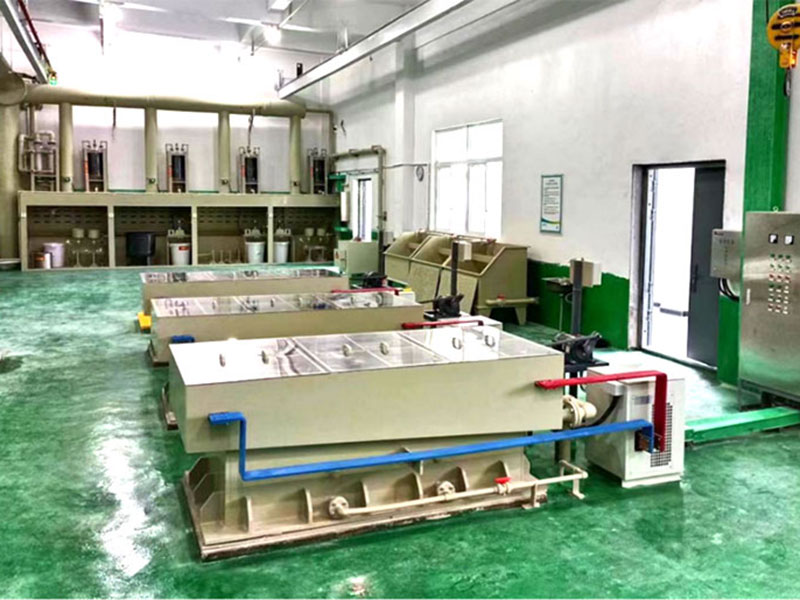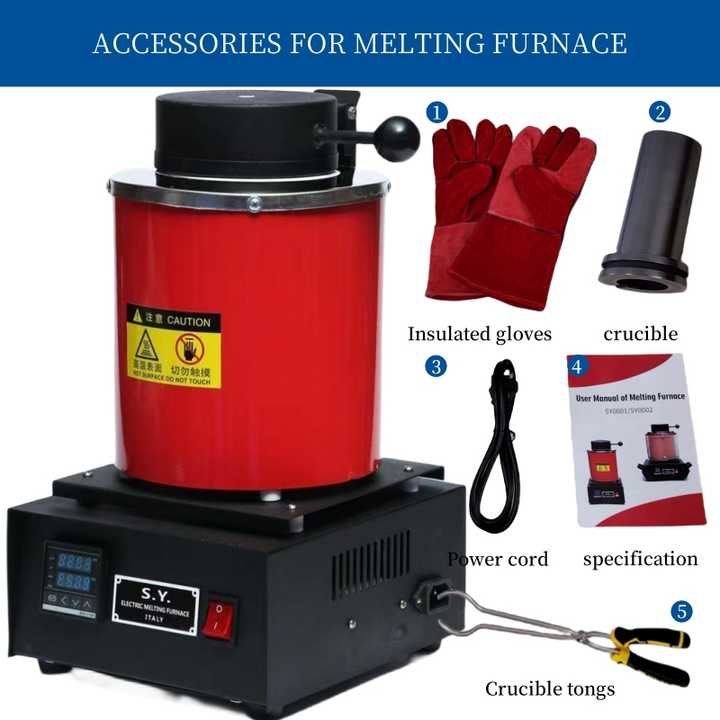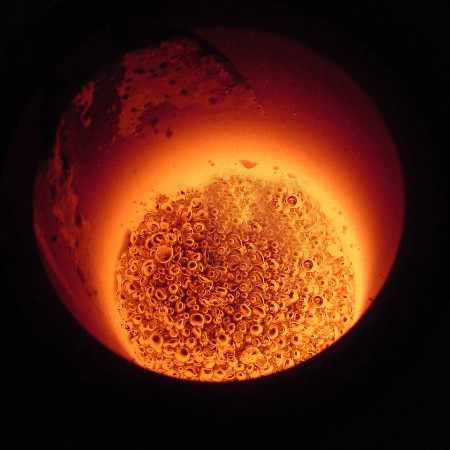gold bar smelting
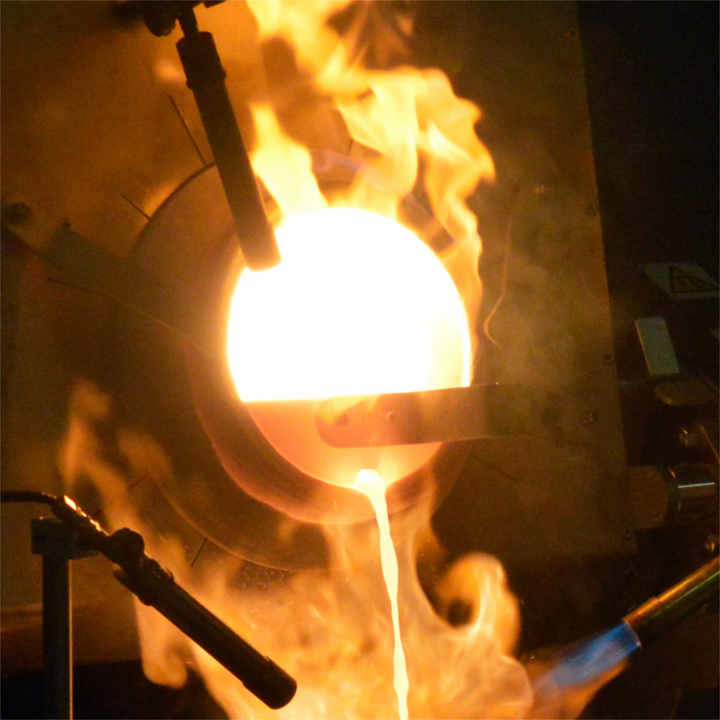
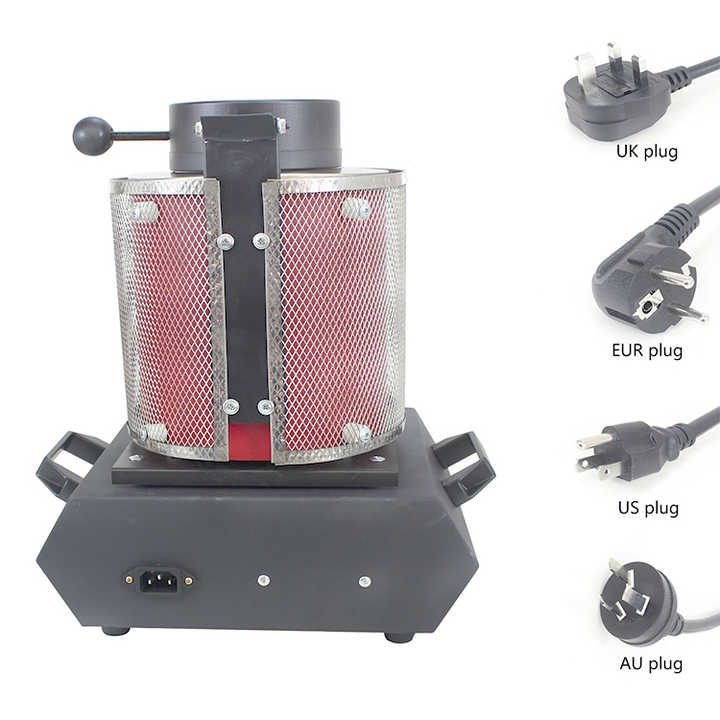
Gold bar smelting is a crucial process in the precious metals industry, transforming raw gold ore or scrap into refined gold bars of various sizes and purities. This article provides an in-depth look at the gold bar smelting process, the equipment involved, and the essential considerations for achieving high-quality results.
Understanding Gold Bar Smelting
Gold bar smelting involves heating gold to its melting point and then casting it into bars. This process requires precise temperature control, high-quality materials, and the right equipment to ensure that the final product meets industry standards.
The Importance of Gold Bar Smelting
The smelting of gold bars is not just about melting gold; it is about refining it to remove impurities and achieve the desired purity level. This process is critical for producing gold bars that meet the specifications required for various applications, including investment, jewelry, and industrial uses.
Equipment Needed for Gold Bar Smelting
To successfully carry out the gold bar smelting process, several key pieces of equipment are required. Each plays a specific role in ensuring that the gold is melted and cast correctly.
Crucibles for Gold Bar Smelting
Crucibles are essential containers used to hold the gold during the smelting process. They must be made from materials that can withstand extremely high temperatures and resist chemical reactions with molten gold.
Graphite Crucibles
Graphite crucibles are commonly used in gold bar smelting due to their high thermal conductivity and resistance to thermal shock. They allow for even heating, which is critical for achieving a uniform melt.
Ceramic Crucibles
Ceramic crucibles are another option, offering high resistance to heat and excellent insulation properties. These are particularly useful when precise temperature control is needed to avoid overheating the gold.
Furnaces for Gold Bar Smelting
The furnace is the heart of the gold bar smelting process, providing the intense heat needed to melt gold. Different types of furnaces are available depending on the scale of the operation and the specific requirements.
Electric Furnaces
Electric furnaces are widely used for their precision and ease of use. They allow for exact temperature control, which is essential for maintaining the integrity of the gold during smelting.
Induction Furnaces
Induction furnaces are known for their efficiency and speed. They use electromagnetic fields to generate heat, making them ideal for large-scale gold bar smelting operations.
Propane Furnaces
Propane furnaces offer portability and are often used in smaller operations or when electric power is not available. While they may lack the precision of electric or induction furnaces, they are effective for basic smelting needs.
Molds and Casting Equipment
Once the gold is melted, it needs to be cast into bars. This step requires molds and casting tools that ensure the gold solidifies into the desired shape and size.
Ingot Molds
Ingot molds are specifically designed for casting gold into bars. These molds must be made from materials that can withstand the heat of molten gold and allow for easy removal of the solidified bars.
Casting Tongs
Tongs are essential for handling the crucibles and molds safely during the smelting process. They must be durable and heat-resistant to ensure safe operation.
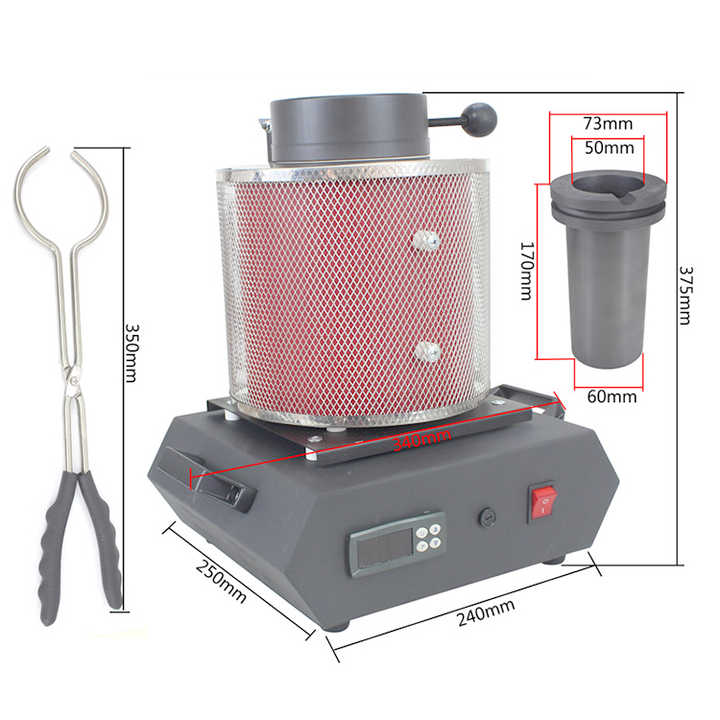

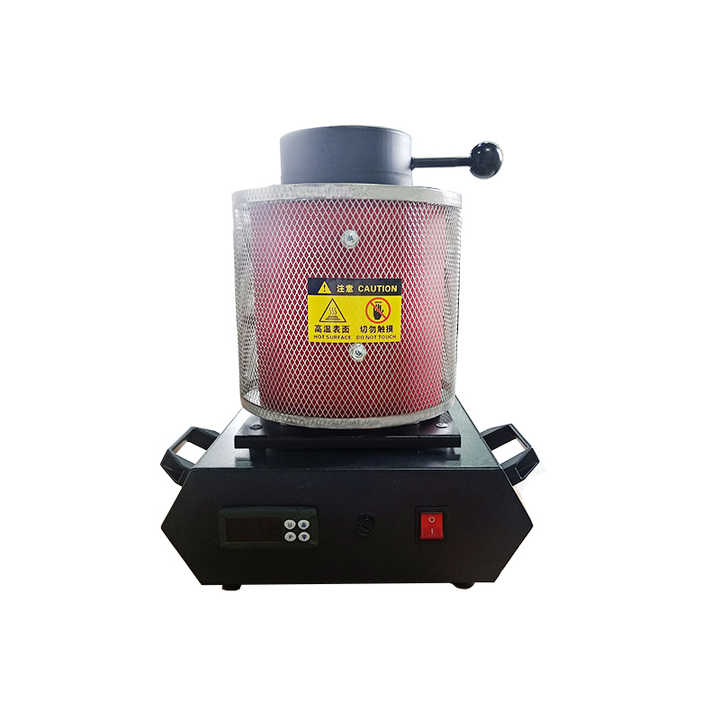
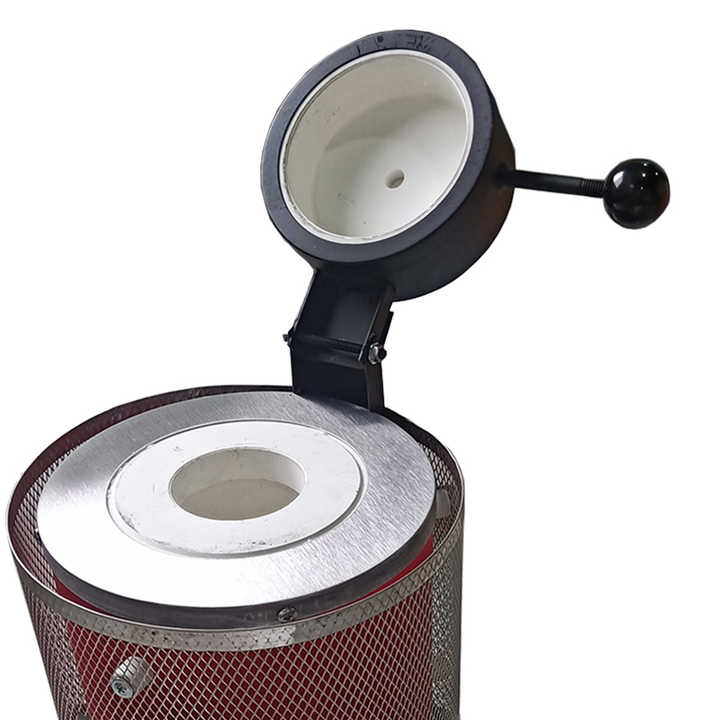
Steps in the Gold Bar Smelting Process
The gold bar smelting process involves several key steps, each critical to achieving a high-quality final product.
Preparing the Gold Material
Before smelting, the gold material must be thoroughly cleaned and prepared. This includes removing any impurities or contaminants that could affect the purity of the final bars.
Melting the Gold
The gold is placed in a crucible and heated in a furnace until it reaches its melting point. During this step, it is crucial to monitor the temperature closely to prevent overheating, which could result in the loss of valuable material.
Pouring the Molten Gold
Once fully melted, the molten gold is carefully poured into ingot molds. This step requires precision to ensure that the gold fills the molds evenly and solidifies into the desired shape.
Cooling and Removing the Gold Bars
After pouring, the gold bars are allowed to cool and solidify. Once cooled, they are removed from the molds and inspected for quality. Any imperfections can be corrected by reheating and recasting the bars.
Factors to Consider in Gold Bar Smelting
Several factors must be considered to ensure a successful gold bar smelting process. These include the purity of the gold, the type of furnace used, and the quality of the molds and tools.
Purity of the Gold
The purity of the gold before smelting affects the final product. It is essential to use high-purity gold material and to remove any impurities during the smelting process to achieve the desired level of refinement.
Furnace Type and Temperature Control
The choice of furnace and the ability to control temperature precisely are critical factors in gold bar smelting. Different types of furnaces offer varying levels of precision and efficiency, and the right choice depends on the specific needs of the operation.
Quality of Molds and Tools
Using high-quality molds and tools ensures that the gold bars are cast correctly and meet industry standards. Investing in durable, heat-resistant equipment is essential for producing consistent, high-quality gold bars.
Gold bar smelting is a complex process that requires careful attention to detail, high-quality equipment, and precise temperature control. By understanding the various steps involved and the equipment needed, you can ensure that your gold bar smelting operations produce refined gold bars that meet the highest standards. Whether you are smelting on a small scale or in a large industrial setting, following best practices and investing in the right tools will lead to successful and profitable results.

